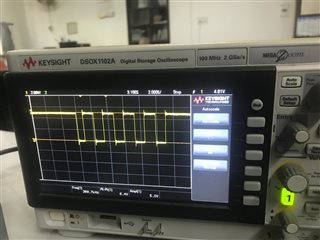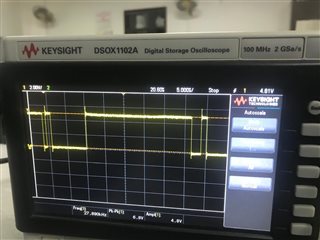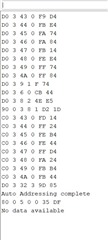Other Parts Discussed in Thread: BQ79616
Tool/software:
We are using Teensy 4.1 microcontroller to communicate with the IC. We have successfully wakeup the IC but we are not able to receive any data through UART communication when sending commands. I have attached our code for your reference below. Can you please tell what the issue in this is and how can we resolve it.
https://e2e.ti.com/cfs-file/__key/communityserver-discussions-components-files/196/bms_5F005F00_testcode.ino








